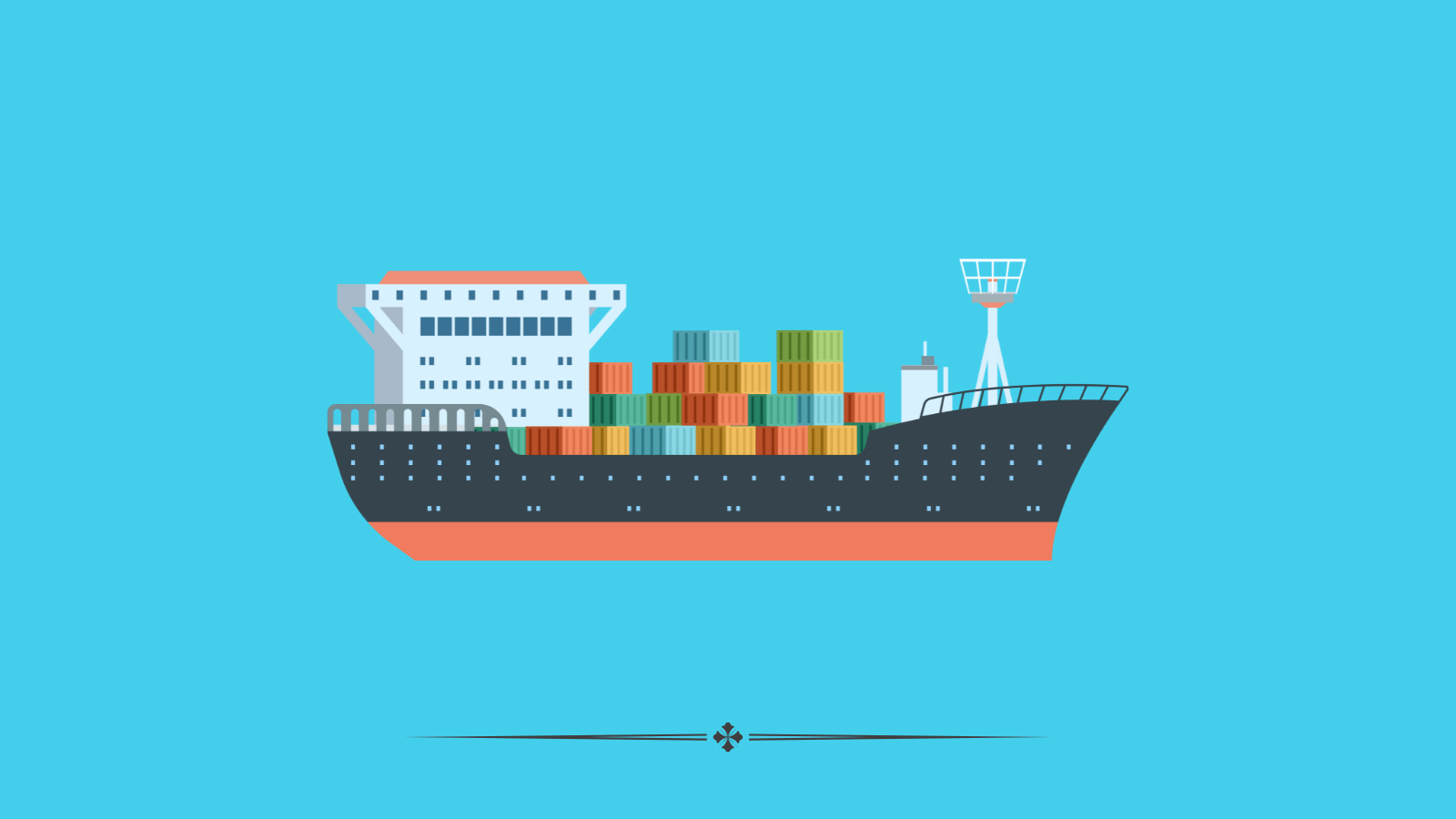The Ins and Outs of Ocean Freight Exporting from the USA
Exporting goods via ocean freight from the USA can seem like a daunting process, but with the right knowledge, it becomes much more manageable. Ocean freight is one of the most cost-effective ways to transport large quantities of goods internationally, making it an essential part of global trade.
Whether you’re a small business owner or someone simply curious about the process, this article will walk you through the essentials of ocean freight exporting from the USA.
Chapters
Choosing the Right Type of Ocean Freight Service

There are two primary types of ocean freight services: Full Container Load (FCL) and Less than Container Load (LCL). FCL involves renting an entire container for your goods, offering security and faster transit times, as the container isn’t opened until it reaches its final destination. This is ideal for large shipments.
LCL, on the other hand, is a more economical option for smaller shipments, where your goods share container space with other consignments. However, LCL might take longer due to additional handling and the need to consolidate cargo with other shipments. Choosing between FCL and LCL depends on the size of your shipment and your budget.
Key Documentation for Ocean Freight Exports
Ocean Freight Import and Export into the USA requires specific documentation to ensure smooth transit and compliance with regulations. Some of the key documents include:
- Bill of Lading (B/L): This is a contract between the shipper and the carrier, outlining the terms of transport, the destination, and the contents of the shipment.
- Commercial Invoice: This document details the goods being exported, their value, and the terms of sale. It’s essential for customs clearance at the destination port.
- Packing List: A detailed list of the shipment’s contents, including information on how the goods are packed.
- Export License: Some goods require a special license to be exported from the USA. This depends on the nature of the goods and the destination country.
Ensuring that all documentation is accurate and complete is crucial to avoid delays or fines.
The Role of Freight Forwarders
Freight forwarders are intermediaries that can make the ocean freight process smoother and less stressful. They handle the logistics of shipping, including booking cargo space, preparing documentation, and arranging customs clearance. For businesses new to exporting, working with a reputable freight forwarder can save time and help navigate the complexities of international shipping. Freight forwarders often have established relationships with carriers, which can result in better shipping rates and more reliable service.
Navigating Customs and Regulations

Every country has its own customs regulations, and it’s important to be familiar with the requirements of the destination country to avoid complications. The USA has strict export control regulations, especially for goods like technology, defense products, and sensitive materials. Ensuring compliance with the Export Administration Regulations (EAR) and the International Traffic in Arms Regulations (ITAR) is essential for certain products. It’s also important to be aware of any trade restrictions or embargoes that may affect your ability to export to certain countries.
Ensuring Safe and Secure Shipment
The safety and security of your goods during transit are paramount. Proper packaging is crucial to protect the goods from damage during the long sea voyage. Using durable materials and securing items within the container can prevent movement and minimize the risk of damage. Additionally, purchasing cargo insurance is highly recommended. While carriers provide limited liability for lost or damaged goods, cargo insurance offers more comprehensive protection, covering a wider range of risks.
Timing and Planning Your Shipments
Timing is another critical factor in ocean freight exporting. Shipping by sea is slower than air freight, so planning ahead is crucial, especially if you have tight deadlines. Transit times vary depending on the destination, with shipments to Europe or Asia taking several weeks. It’s important to factor in not just the transit time but also the time needed for customs clearance and potential delays at the ports. By planning your shipments well in advance, you can ensure timely delivery and avoid disruptions to your supply chain.
Ocean freight exporting from the USA is a complex process, but with the right preparation and knowledge, it can be a highly effective way to expand your business internationally. From choosing the right type of service to understanding costs and regulations, every step requires careful consideration.
Create more and better content
Check out the following resources and Grow!